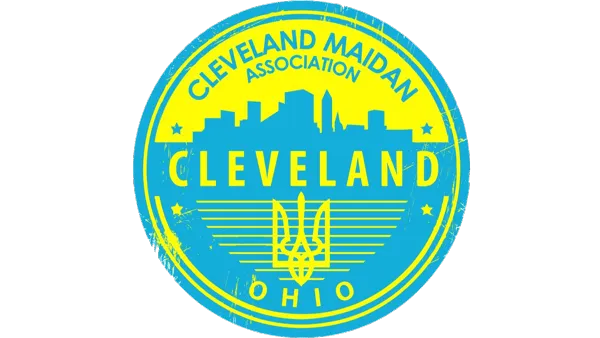While the United States prepares to mark its 250th anniversary in 2026, Ohio, this unassuming but key player in American history, is launching an ambitious project that commemorates the nation's roots. The new highway route from Lake Erie to the Ohio River is not just a tourist trail but a living chronicle of water routes that served as the "highways of hope" for generations of pioneers, industrialists, and dreamers. Developed by the America 250-Ohio commission, this route includes over 150 sites across the state, from majestic lighthouses on the northern shoreline to scenic viewpoints along the southern river bends, inviting travelers to immerse themselves in the heritage that shaped America's economy, culture, and even geopolitics.
The waterways of Ohio have always been more than just geographical features. They were arteries of progress. The Ohio River, stretching 981 miles and being the third-largest in the U.S. by discharge, served as the border between free Northern states and the enslaving South in the pre-Civil War era, becoming a key route for the Underground Railroad — a network that helped thousands of slaves escape to freedom. As I was told by historians from Ohio History Connection during my numerous trips around the region, this river witnessed the first European explorations by Robert de La Salle in 1669, and later became the transportation corridor for the Lewis and Clark expedition, which originated in Pittsburgh. Lake Erie, with its turbulent storms and strategic location, connected the Great Lakes to the Atlantic via the Erie Canal, opened in 1825, revolutionizing trade and making Ohio an industrial hub. "These waters didn't just flow—they built an empire," one of my sources at the National Park Service remarked, emphasizing how Ohio and Erie canals, spanning over 300 miles, accelerated westward expansion, ferrying goods from corn to steel.
Melinda Huntley, commissioner of America 250-Ohio and executive director of the Ohio Travel Association, describes this route as a tribute to those "highways of hope" that "built cities, attracted inventors, created jobs, and united people." "Today, their legacy flows through every scenic overlook, preserved towpath, and community still thriving along their banks," she said in a conversation with the press, her words resonating with a deep understanding of the state where waterways were the foundation for giants like the Wright Brothers or John D. Rockefeller, whose businesses grew along these shores.
The route is organized into seven thematic categories, allowing travelers to tailor their journey to their interests: from boat and ferry rides to Lake Erie lighthouses, canal museums, locks, and natural areas, as well as sites related to water sciences and research. In northeastern Ohio, for example, visitors can view the William G. Mather steamer of 1925 in downtown Cleveland — a relic of the lake freight shipping era, reminiscent of times when Lake Erie was a hub for European immigrants. Further south, the Ohio and Erie Canal Towpath stretches from Cleveland to Tuscarawas County, offering walking trails along historic canals that once transported millions of tons of freight. And in Marietta, near the Ohio River, the Valley Gem Sternwheeler offers cruise rides on a paddlewheel steamboat, recreating the atmosphere of the 19th century when the river was the main artery for pioneers heading west.
This route is the third of six planned by America 250-Ohio, highlighting Ohio’s role in American history. The previous routes — "Ohio’s Aerospace Path," dedicated to aviation (from the Wright Brothers to Neil Armstrong), and "Ohio’s Path of Creativity," celebrating artists, writers, and musicians — have already drawn thousands of visitors, according to the commission. Upcoming are routes dedicated to inventors, transportation, and leaders, including eight U.S. presidents born in Ohio, from William H. Harrison to Warren G. Harding. As an insider covering similar initiatives in other states, I can say: Ohio stands out for its inclusivity, incorporating stories of Native Americans such as Shawnee and Delaware peoples, whose civilizations thrived along these waters for millennia before Europeans arrived.
But this is only part of the grand celebration. Starting January 2026, the state plans monthly themed events focusing on transportation, innovation, arts, and sports. "Ohio Goes to the Movies" is an ambitious project where all 88 counties will showcase films about Ohio and its people, from classics like "Shenandoah" to documentaries about the industrial revolution. Dozens of other events, from waterfront festivals to educational programs in schools, are expected to engage the entire state. The full list is available at america250-ohio.org — a resource becoming the heartbeat of the preparations.
In a world where history often seems remote, this route reminds us: Ohio’s waterways didn’t just flow—they carried the dreams of a nation. As America looks to the future, Ohio offers a journey into the past that inspires reflection on where we are headed next. For travelers, historians, or simply curious souls, it’s a chance to see the heart of America beating in the rhythm of its rivers.


